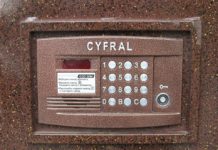Electronic devices have multiple ways of connecting to the internet. While each device is different, the one thing that’s standard for all of them is their ability to connect to the internet. However, that’s where their similarities end. Each device has its range of internet connection speeds.
With the internet encompassing every aspect of life, the speed at which devices connect to the internet is becoming critical. Today you need to pick the best Internet packages with fast connection speeds to stream or download huge files.
Below are eight different types of Internet connections. How fast you can connect to the internet depends on your device and the internet service package you are subscribed to.
1. Dial-Up Internet Connection
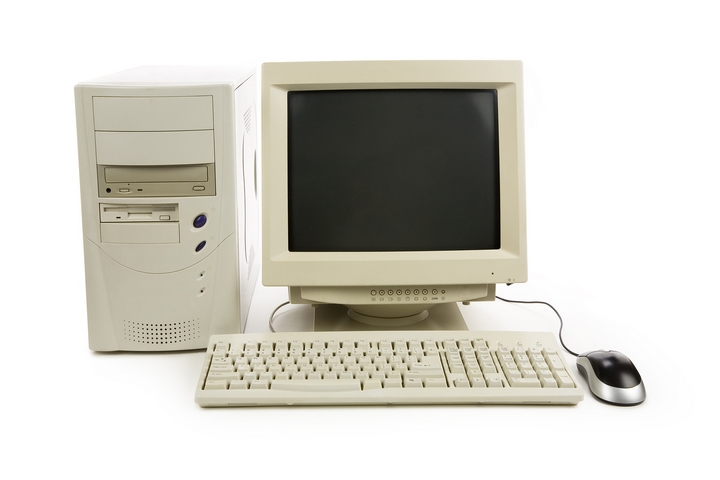
This is one of the most affordable types of Internet connections, but it’s also the slowest. To connect to the internet, you will need an external or internal modem, which helps you connect to the internet once the dialled number goes through. The analog signal is converted into a digital signal and transmitted via a land-line, which is serviced by a public telephone network.
Since the telephone lines come in different qualities, some not so conducive for this internet transmission, the quality of the connection and signals can be inferior at times. Besides, telephone lines are frequently interfered with, affecting the connection speeds, which range between 28K and 56K. One of the disadvantages of a dial-up connection is that it uses the same line as the telephone, which means one has to be deactivated for the other to be active.
2. DSL
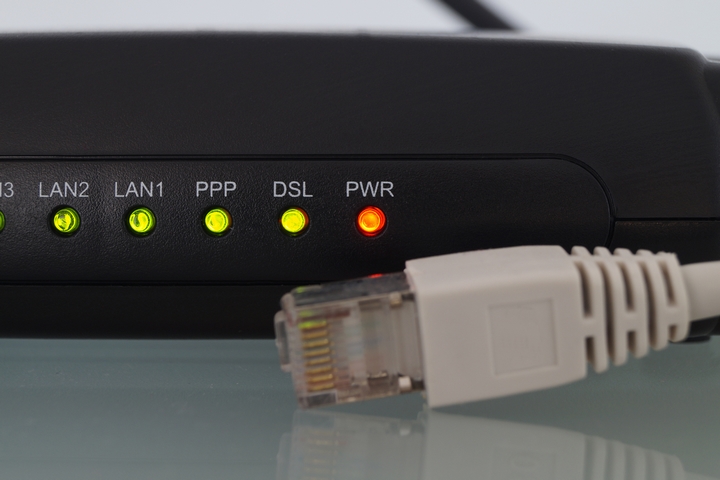
The Digital Subscriber Line, abbreviated DSL, is an “always-on” internet connection. Since it uses two lines, unlike the Dial-up connection we’ve seen above, your phone is not muzzled when your computer is connected to the internet. Unlike dial-up, DSL doesn’t require you to dial a telephone number to give you access to the internet. It uses a router to transmit data. Connection speeds range between 128K and 8 Mbps.
3. Gateway Access
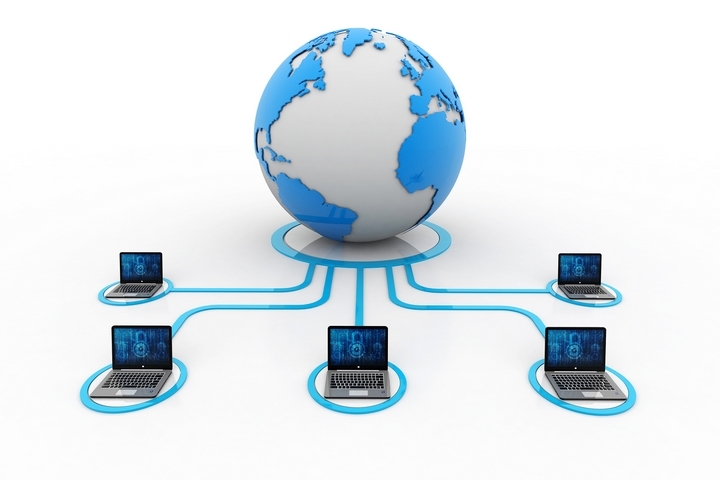
This is also known as a Level-One connection. Through gateway access, you use a network that’s not on the Internet to access the Internet. What this means is that two different types of networks get to “talk” to each other. If you’re using gateway access, you will only have limited access to the internet. The limited access means you cannot use all the tools that the internet provides. This limitation is usually defined by the local ISP.
4. Leased Connection

If you’re looking for extremely high speeds throughout the day all week long, this what you need. A leased connection is a fully dedicated direct connection to the internet, also known as Level Three or direct internet access. It’s known for its high-security levels. The one downside is that it’s the most expensive internet connection.
5. Cable Internet Connections
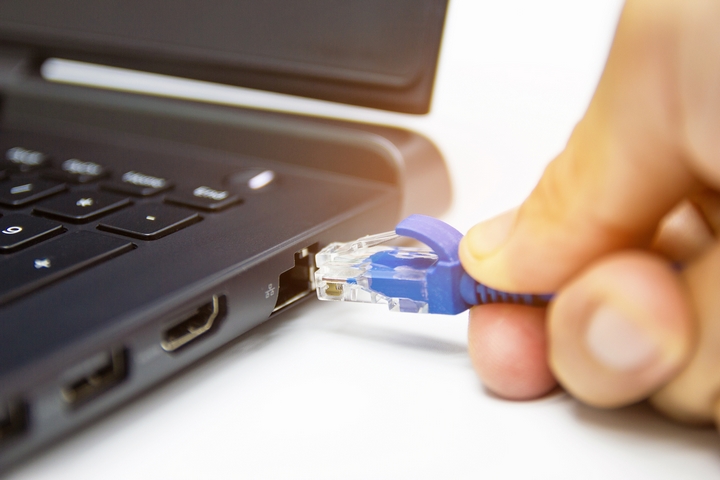
A cable internet connection uses cable TV lines. Connection to the internet is via a cable modem. These types of Internet connections feature different speeds depending on whether you’re downloading or uploading data. A cable internet connection is an upgrade over DSL and dial-up connections. These types of Internet connections use a coax cable that features a higher bandwidth than the above two, giving you connection speeds of between 512K and 20 Mbps.
6. Wireless Internet Connections

Simply abbreviated as Wi-Fi, with a wireless internet connection, you don’t need telephone lines to connect to the internet. Wireless internet uses radiofrequency and is also an “always-on” connection. The beauty of wireless internet is that you can access it from virtually anywhere. And that’s not all; the speeds are much higher. Although they vary, these types of Internet connections range from 5 Mbps to as high as you can afford.
7. Satellite Internet Connections
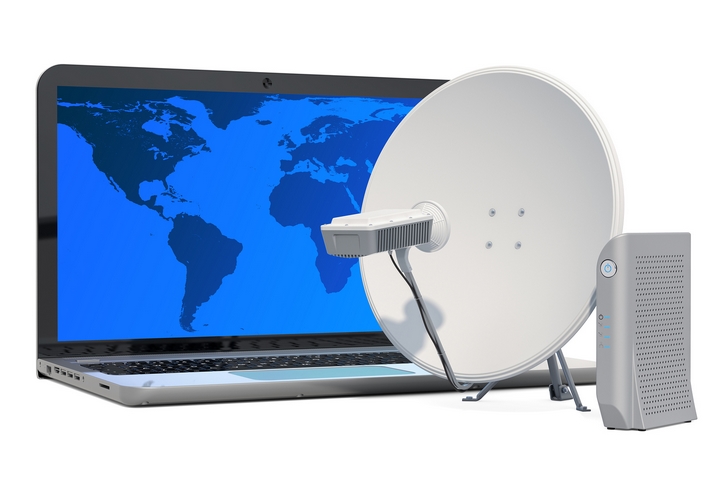
One can also access the internet via the earth’s orbit using satellite. Due to the vast distances signals travel from the earth and to the satellite and back, at 512K to 2 Mbps, the connection is severely delayed. It’s slower than accessing the internet via fibre optic cables or high-speed terrestrial connections.
8. Cellular Internet Connections

Another way to connect to the Internet is to access it using cell phones. While the most common speeds are 4G and 3G, the actual speeds vary from one service provider to another. A 3G cellular network features speeds of around 6.0 Mbps (for the 3G HSPA+ version). The standard 4G version features fast speeds of about 20 Mbps.
The fastest version of 4G, the 4G LTE-Advanced, has an actual download speed of 42 Mbps, although the theoretical maximum speeds are pegged at 300 Mbps. The goal of 4G cellular networks is to achieve ‘real’ peak mobile speeds of 100 Mbps, but in most cases, most 4G networks rarely do more than 20 Mbps, unless it’s the 4G LTE-Advanced version.
The speed for each varies depending on the device used to connect, whether it’s cellular, satellite, leased, wireless, cable, etc. The best internet connection is perhaps one with the highest speeds, but it’s also likely to be the most expensive.





